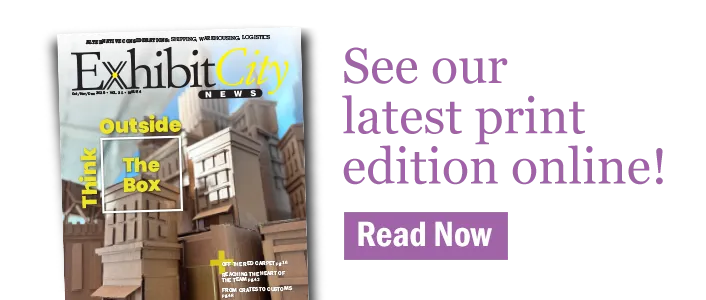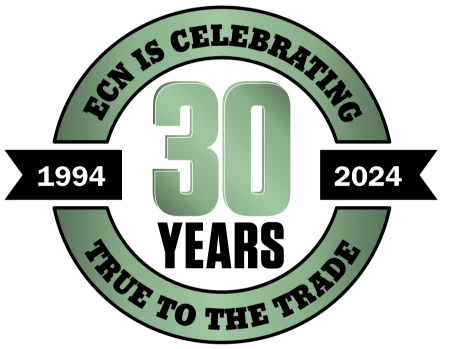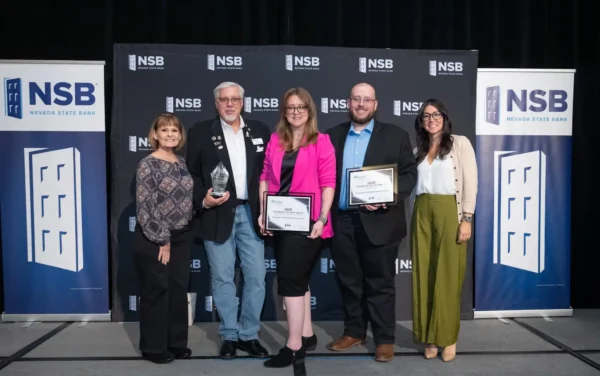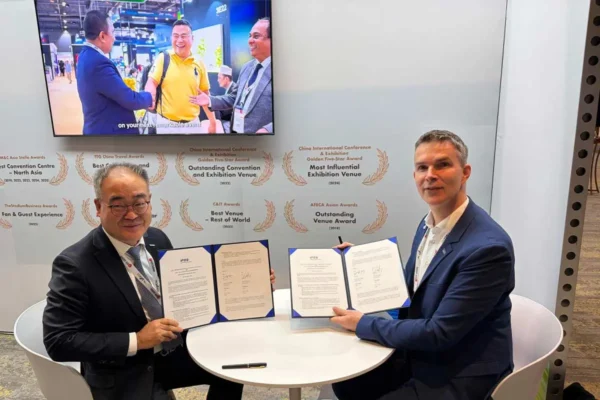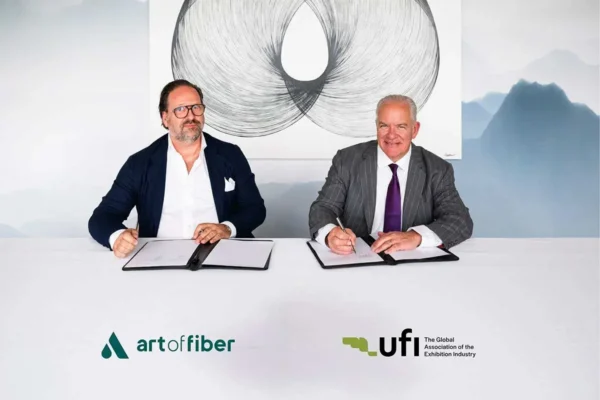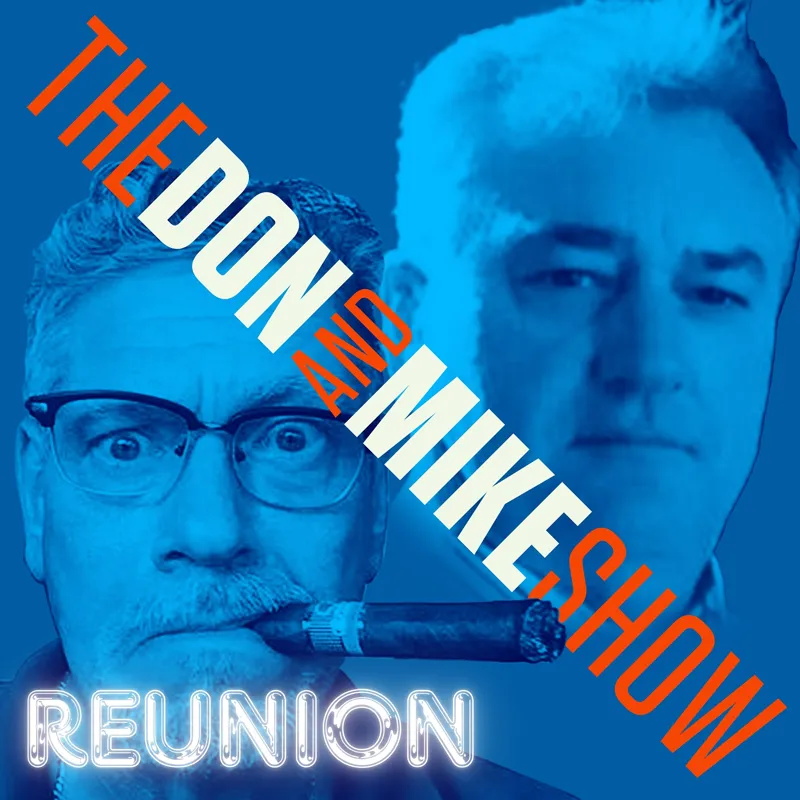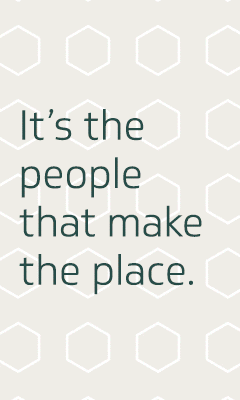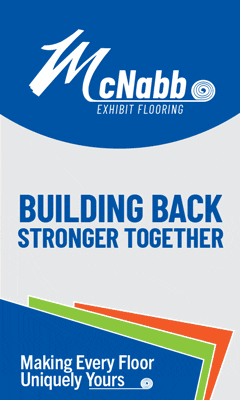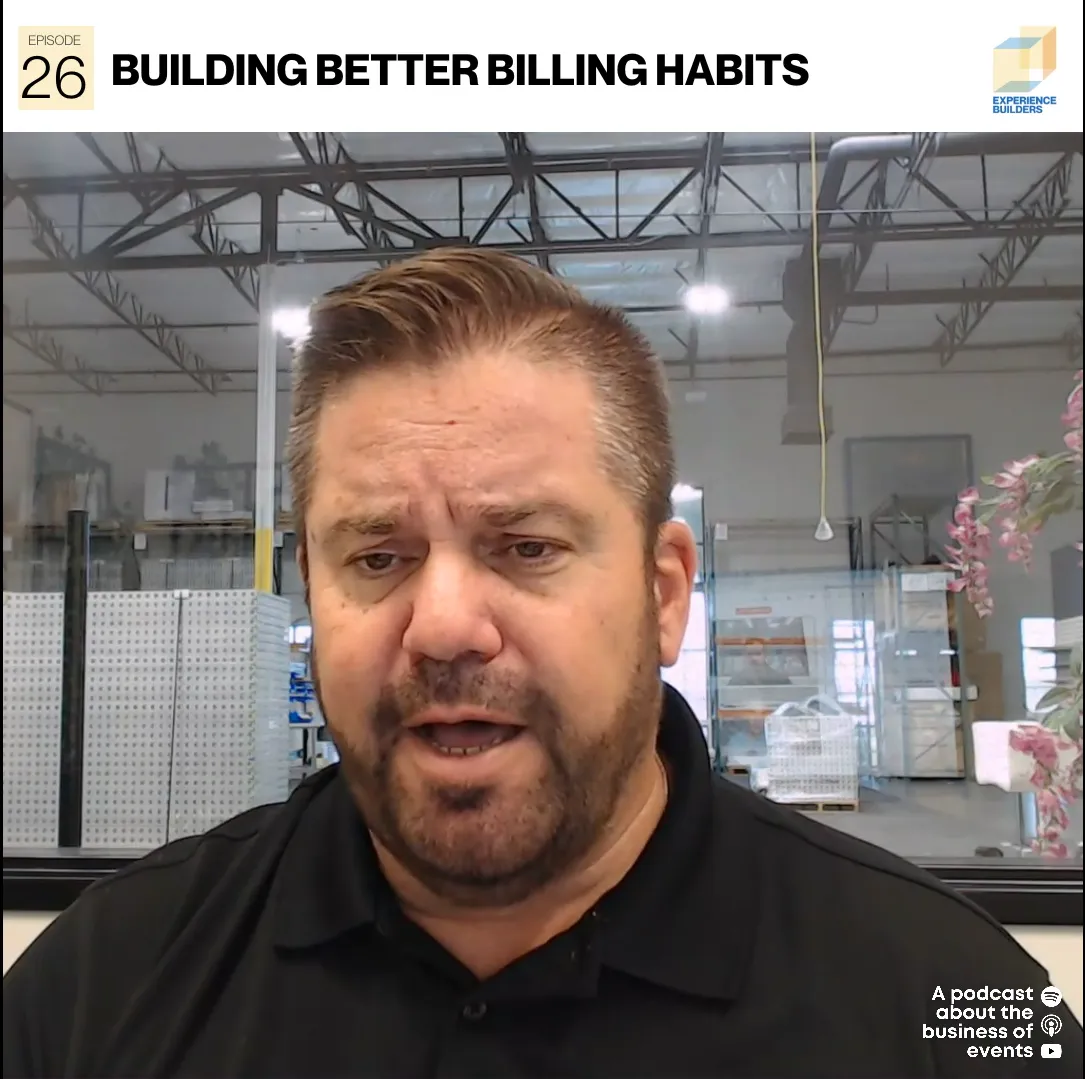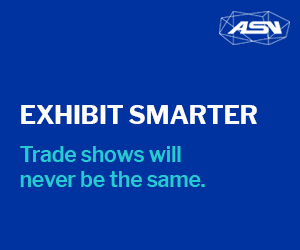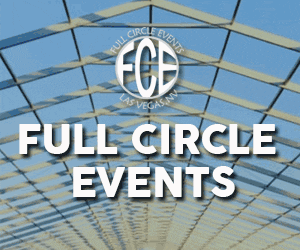submitted by Huntington Place
Detroit, Michigan – Huntington Place announces the appointment of Hassan Shahlaei as the new General Manager of Sodexo Live!, the convention center’s premier hospitality and catering partner. With a distinguished career in catering and banquet operations dating back to 2010, Shahlaei brings exceptional experience, steady leadership, and a strong dedication to elevating overall guest satisfaction.
Shahlaei’s professional background includes roles at several of the nation’s leading hospitality destinations, among them Beau Rivage Resort & Casino, Mandalay Bay Resort & Casino, Caesars Entertainment, and MGM Resorts. His experience spans positions from Catering Manager to Complex Director of Banquets, consistently leading high-volume operations with accuracy, professionalism, and an unwavering focus on excellence.
With his extensive food and operational experience, Huntington Place is confident in his proven ability to deliver consistent, high-quality results. Shahlaei’s strengths in large-scale event logistics, front-of-house service execution, and team leadership will further enhance the exceptional guest experience that Huntington Place is known for. He is recognized for cultivating collaborative environments, empowering teams, and upholding the highest service standards.
“Our partners and clients deserve a leader who not only understands sophisticated culinary delivery, but who also embraces our responsibility to the community and the environment,” said Bryan Crowe, CEO of Huntington Place. “Hassan’s values, vision, and operational expertise align seamlessly with our mission. His commitment to sustainability, service excellence, and the guest journey makes him an outstanding addition to our leadership team.”
“I’m grateful to join Sodexo Live! at Huntington Place and I’m excited to build on the great experiences this venue is known for,” said Sodexo Live! General Manager, Hassan Shahlaei. “I’m committed to ensuring every event is exceptional for our guests and partners, and that we showcase the best hospitality, from food to service and every detail in between.”
Shahlaei’s appointment marks an exciting next chapter for Huntington Place’s hospitality program as the venue continues to elevate conventions, conferences, and events in Detroit and throughout the region.
About Huntington Place
With 723,000 square feet of exhibit space and 200,000 square feet of meeting room space, Huntington Place—Detroit’s convention center—features one of the largest contiguous exhibit floors in North America and the largest ballroom in Michigan at 40,000 square feet. The venue is LEED Gold certified and has received numerous awards for excellence, including the 2020 USGBC Leadership Award for Building Performance—the only convention center ever to receive this recognition. Huntington Place is the 16th largest convention center in the United States. Follow us on Facebook, Instagram, LinkedIn, and huntingtonplacedetroit.com.
About Legends Global
Legends Global is the premier partner to the world’s leading venues, live events, and brands. We deliver fully integrated solutions including feasibility and consulting, owner’s representation, sales, partnerships, venue management, hospitality, merchandise, and content and booking services. Through our white-label model, we elevate our partners while leveraging a global network of 450+ venues, 20,000+ events, and 165 million guests annually. Learn more at LegendsGlobal.com and follow us on LinkedIn and Instagram.
About Sodexo Live!
Sodexo Live! manages prestigious convention, cultural, and sporting venues and major events all over the world. With 40,000 employees and 500 sites, Sodexo Live! offers clients a range of bespoke catering, sales, and event management services, helping to transform the consumer experience into unforgettable memories. Sodexo Live! commits to unlocking customers’ full potential while favoring local communities. Sodexo Live! contributes to the success of prestigious events such as Royal Ascot, the Tour de France, Roland-Garros, the Rugby World Cup and the Paris 2024 Games, and showcases exceptional venues such as the Eiffel Tower Restaurants, Bateaux Parisiens, Yachts de Paris, the Royal Academy of Arts in London, the Hard Rock Stadium, the Scottish National Gallery, and the Hollywood Bowl in Los Angeles.



